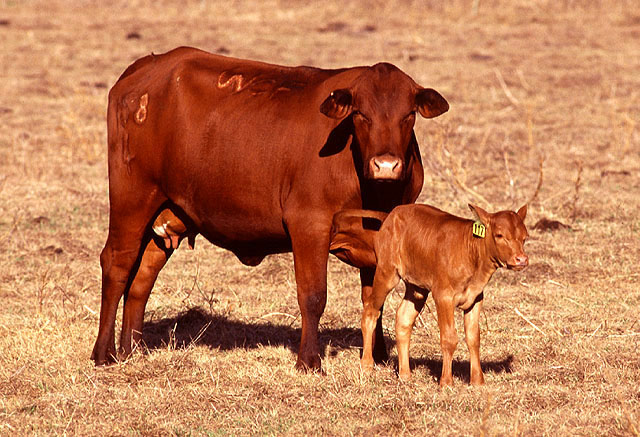
Some time back a reader wrote a letter to chastise me for advocating smaller cows.
In the February issue of Beef Producer, which I am producing right now, I thought it worth discussing the topic of dystocia, so I was reminded of my response at the time.
This fellow in his diatribe said something that caught me short and sent me searching for an answer.
He claimed that smaller cows have more dystocia!
My first thought was the right one. I blurted out loud, "Only when you're breeding them to giant bulls."
Anybody my age or older saw this going on for many years and saw and heard about the results. But I went looking in the data, trying to find some research on the topic. Someone told me a couple years ago that older cow and calf size data might be found in Ft. Keogh, Montana, research. Sure enough, he was right.
Clear back in the 1960s it was established calf weight, especially as influenced by the breed (and body size/type) of sire, were the key components of dystocia.
From a 2001 ARS story on dystocia studies at Ft. Keogh:
“By 1971, R.A. Bellows and colleagues pinpointed birth weight as the most important cause of calving difficulty: Large calves mean more dystocia. While this finding seems intuitive, previous scientific evidence had been inconclusive. And larger birth weight is exactly what beef cattle breeders had sought.”
They also said they learned hormonal balance had some influence in calving ease vs. dystocia, and it’s pretty well arguable many of our cattle today are hormonally imbalanced.
From a 1971 study by Bellows and others: “ … birth weight was the most important factor resulting in calving difficulty included in the study. This is in agreement with work reported by Rice and Wiltbank (1970).”
From 1973: “When the analysis was performed with birth weight held constant, dam age was the only main effect that was a significant source of variation and the regression of calving difficulty on birth weight was a highly significant (P<.005) source of variation."
The researchers added: “ … there was no heterosis effect in Hereford-Angus crosses on calving difficulty.”
Even with birth weight and calving EPDs available today, the ultimate issue is calf size in relation to cow size (or heifer size). That will never change.
About the Author(s)
You May Also Like




